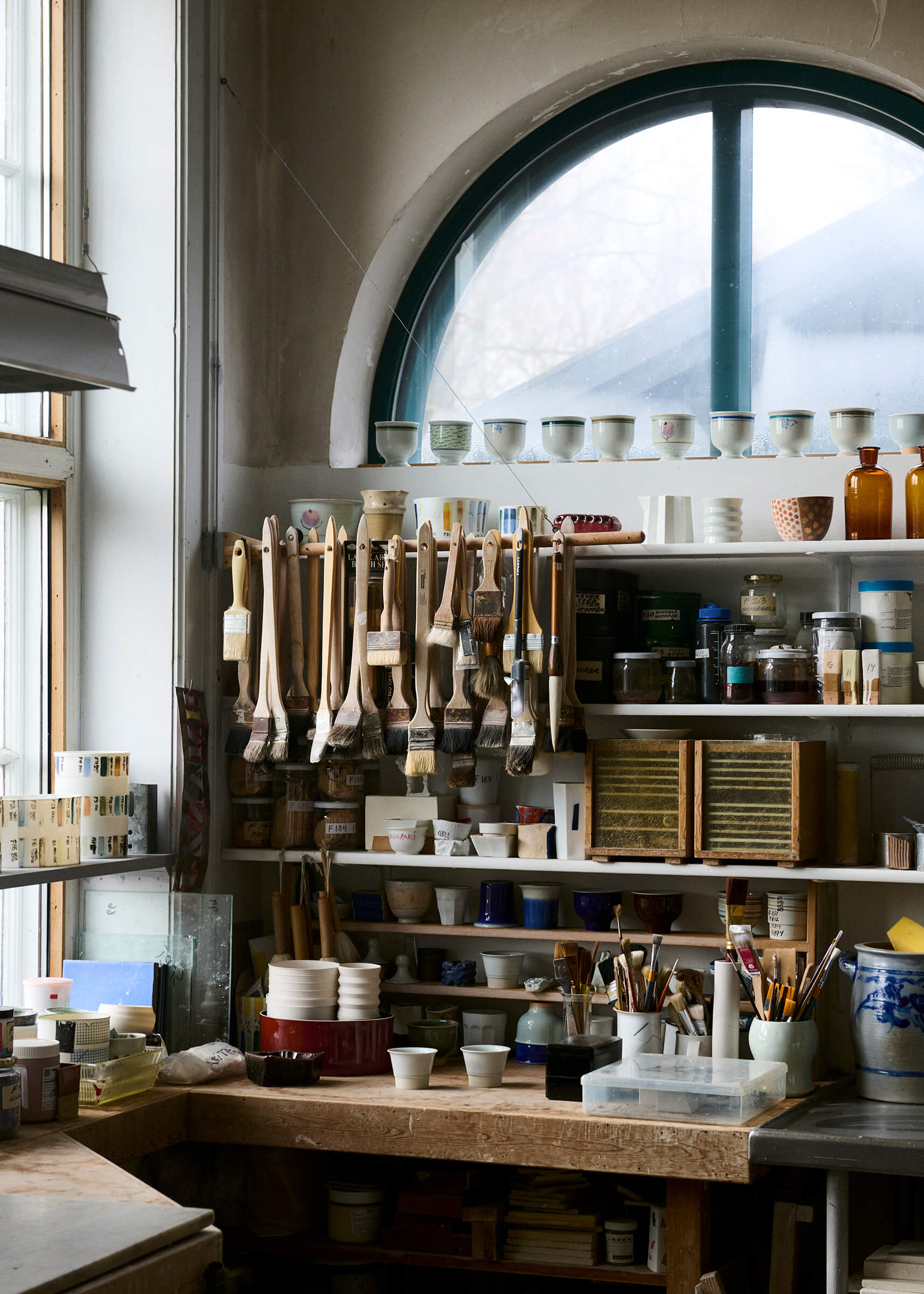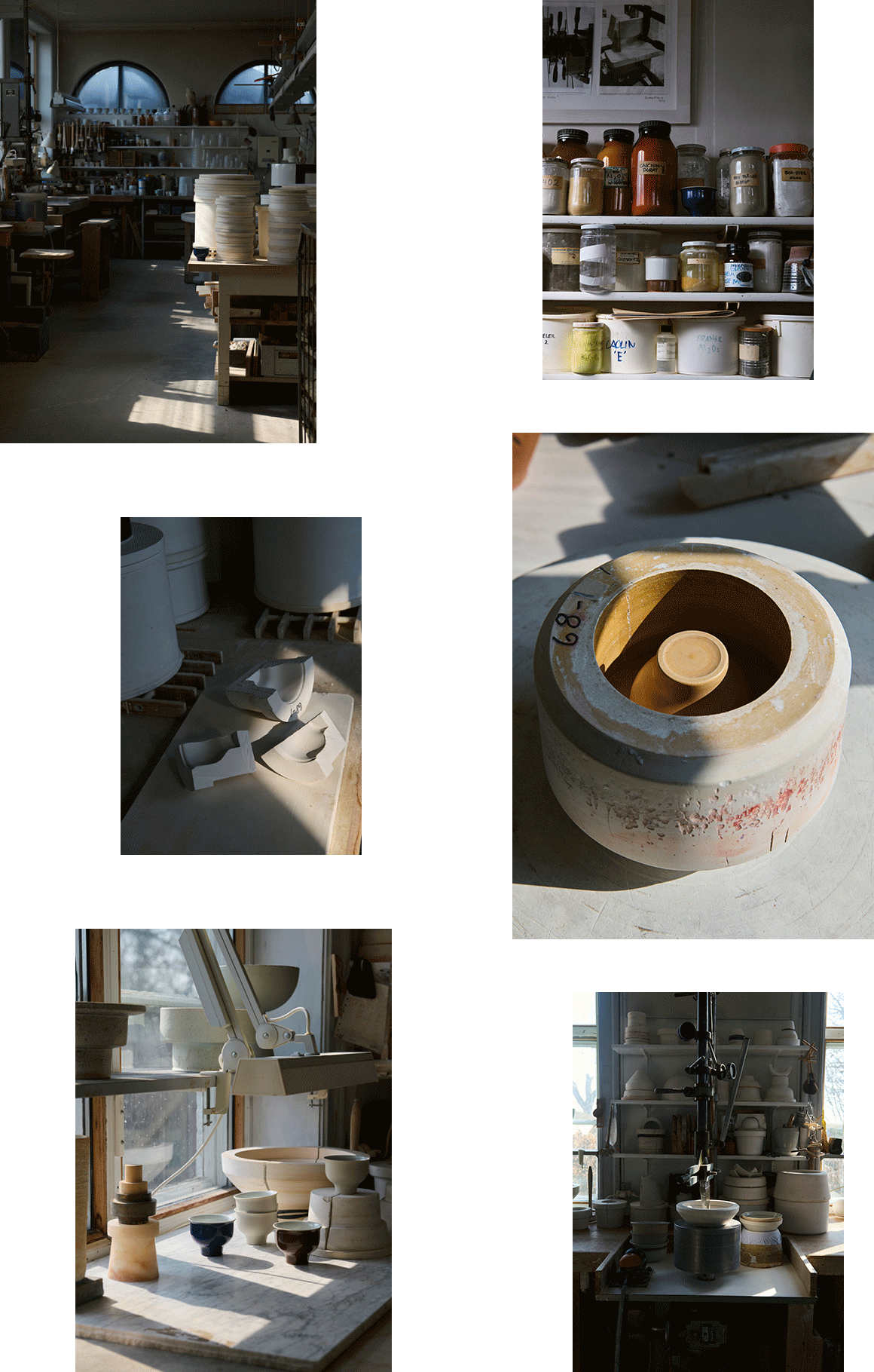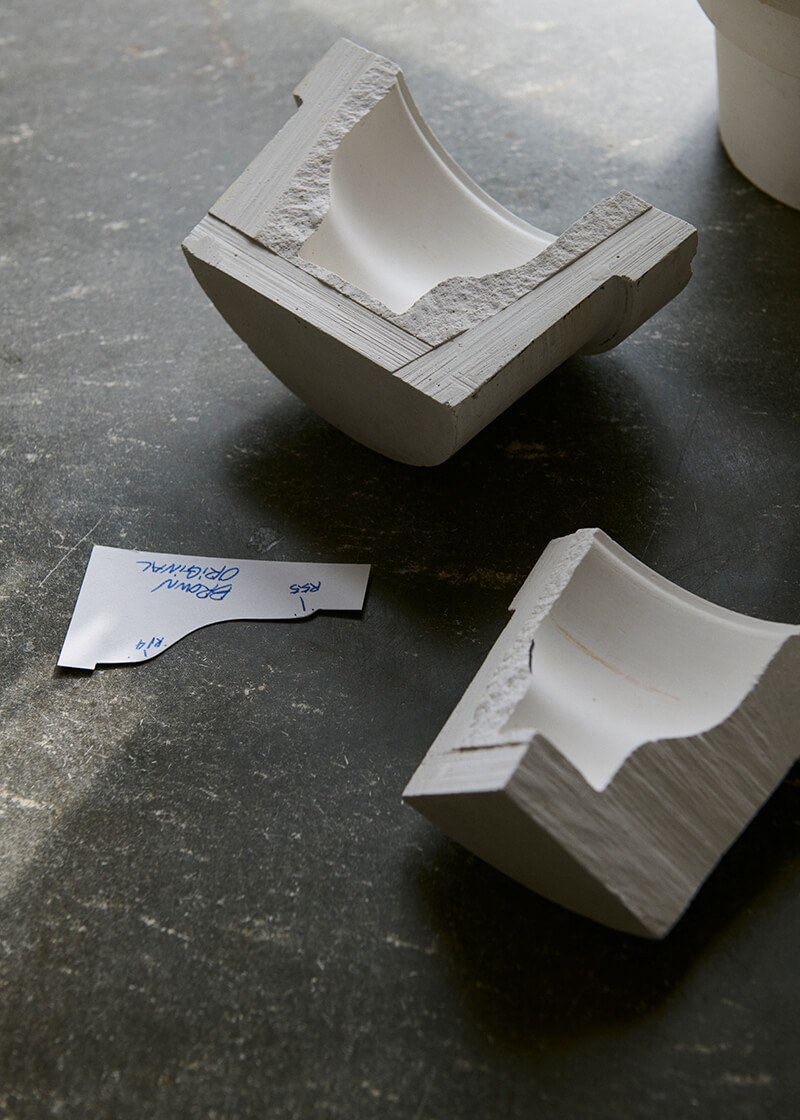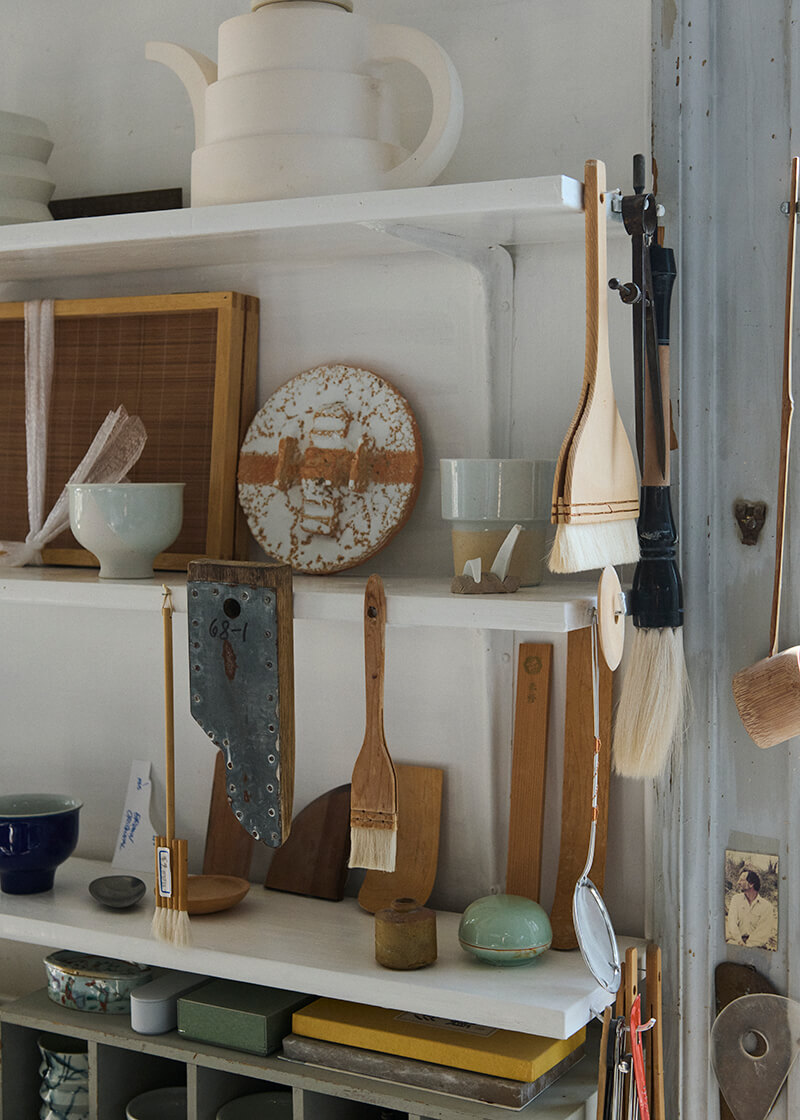
Hørve Journal
WithRichard Manz

Ceramic artist. Born in Esslingen, Germany, in 1933. Established his own studio with his wife, Bodil Manz. Father of designer Cecilie Manz.
People
Renowned for his mastery of form and material, Danish ceramist Richard Manz (1933-1999) dedicated his career to exploring both everyday objects and distinctive sculptural work, imagining them with keen attention to geometry, proportion, and utility. Each of his pieces was developed through rigorous experimentation, reflecting his laboratoral mindset and problem-solving nature. He believed there was a reason for everything in a design, and he relied on a process of scrupulous deduction and experiment before finalising a single object. His work embodies a quiet perfectionism, an obsessive refinement of shape, and a deep understanding that beauty and function are inherently intertwined.
Born in Germany, Manz began his career at just 14 years old as a potter apprentice and oven tile maker. He later moved to Sweden, where he worked at Gustavsberg, discovering the potential of studio ceramics and small-scale production. This period marked the beginning of his lifelong exploration of form and function, leading to a body of work that balanced technical precision with the innate humanity of handcrafted ceramics.
Places
“Location, location, location.”In the 1970s, Richard Manz traveled to Japan alongside his wife Bodil Manz, also an esteemed ceramist, and their, at that time, two children. They settled in the village of Arita, the historic heart of Japanese porcelain production. Here, they worked at a porcelain factory, learning from centuries-old traditions while reflecting on their own Scandinavian perspective. In many ways, the launch of the Tea Cup and Hojicha Cup represents a homecoming—a return to the place that deeply influenced Manz’s design philosophy.
Upon returning from Japan, the couple continued work in their own workshop in the town of Hørve, Denmark, where Manz refined his approach balancing an engineer-like attention to detail with artistic integrity. His technical skill and knowledge of industrial production found new purpose in a small studio practice, exploring function, geometries, and scale—defining his work until the very end.
One day at Hørve…

‘My form world consists of simple basic forms. These are the point of departure for all my ceramic items in porcelain and stoneware, whether they are thrown, shaped or moulded into utility objects, decorations or unique items, and irrespective of which ceramic technique I make use of’. (Richard Manz)
Photography by Elizabeth Heltoft

